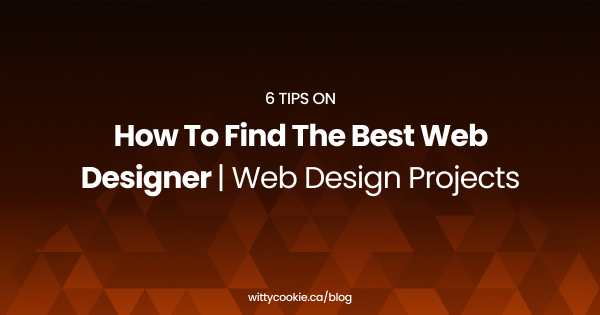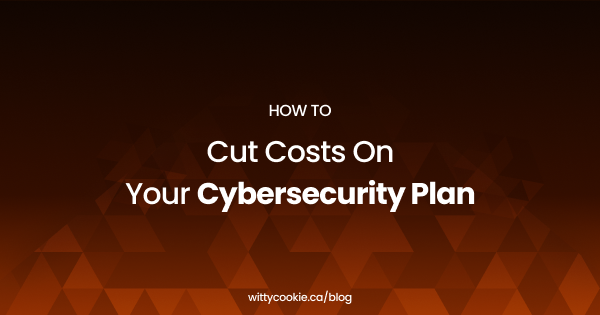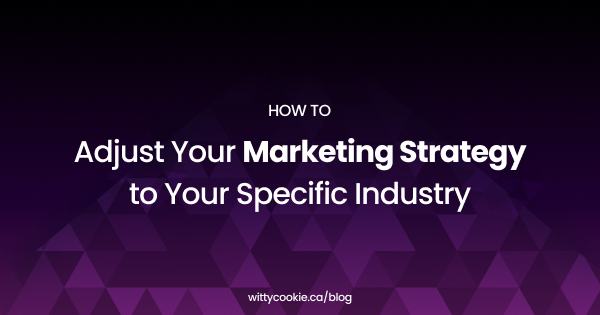6 Tips on How to Find the Best Web Designer | Web Design Projects
There are thousands of web designers and an infinite number of web design projects a designer could choose to work on. Given this, finding a web designer that suits the job and matches your preferences and requirements can be challenging. To help, here are 6 tips on how to find the best web designer for you, as well as how to maintain a good relationship with those designers for future projects.
1. Scope the work
Before taking any action, think about what you want to achieve using the 3 Ps: Planning, Preparation, and Precision. Questions to think about include:
- Do you want both design and coding? Design and coding are separate skills. You can employ a designer and a programmer separately, or you can get both done by the same person / organization.
- Do you want a search engine optimized design? You can design a website then employ a SEO professional, but we recommend making a SEO optimized design.
- Do you need hosting or do you already have your own web host? Many designers and design firms can provide you with hosting.
- Do you have a domain name or do you need help finding one? It is recommended that you choose the domain name yourself. You can search your name ideas into GoDaddy to see if they are available. If you get the designer to register the domain name, make sure it’s registered in your name, not theirs.
- Is this a website or a blog? If this is a website, you will need a CMS (Content Management System) if you don’t want to pay a designer everytime you change anything on your website. With a CMS, you are in control.
- What content will you add to your site? Content is more important than the design, so knowing what content will be on your website before designing is important. This way, you will know how to design your website better.
2. Choose your marketplace
There are many different ways to employ a designer. Here we will discuss three ways in particular.
- Design Firm: Designs firms are usually more expensive but they can take care of everything and are highly specialized in their craft. An example of an award winning design firm is WittyCookie.
- Freelance Designer: Employing a freelancer is a cheap option and you can get amazing results. Hiring freelancers and paying per hour is perfect for small businesses. You can hire freelancers on creative freelance websites such as Upwork.
- Design Contest: Hosting design contests is a relatively new way of getting designs from freelancers and web design firms. Incentivised by a prize reward, usually a monetary incentive, steps in creating a design content include 1) compiling a design brief, 2) reviewing the designs and providing feedback, then 3) picking a winner. After describing your requirements, numerous designers will submit their designs and you will only have to pay for the design you like best!
3. Prepare a website design brief
A website design brief is a short but concise description of what you want. You need a website design brief to get the design you want no matter what you choose as your marketplace (design firm, freelance, design contest, etc). Your web design creative brief needs to be committed to paper, not in your head. Several paragraphs should be sufficient. You should include:
- A broad but concise description of the website niche, number of pages, and target audience
- The scope of the work: design, coding, CMS, domain name registration, etc
- The ideal visitor profile and what he/she will expect to find or do on the website
- Content types, such as video, audio, articles, images, documents, etc.
- Style or ‘look and feel’ you would like – provide example websites you like
- How long you think the project should take and your budget
If you are having difficulties thinking of a good project time scope and budget, study available project briefs and projects online to gauge the industry standard. Difficult or not, you must set clear guidelines on cost and time.
4. Submit your website design brief and evaluate your options
The process will vary depending on the marketplace.
If working with a freelancer via creative freelance websites such as Upwork, you first submit a brief to the platform and within a few hours, there will be many freelance contractors bidding on your project. After this, you should do thorough research on every Upwork website designer that bids on your project; evaluate your options, make a shortlist of freelancers, then decide which one you want to work with. To decide on which freelancer to work with, you can ask them questions based on their skills and experience. This can be done through email or even an interview using Skype or Zoom. Geography should not be a barrier as you can work and communicate online. Example questions include:
- What is your greatest skill?
- Which part of web design work do you like the most?
- Are you good with working with a deadline?
- Have you done any design projects in this niche before?
Before making a decisive decision, you can also set up a simple test task to gauge their suitability and skills and offer to pay based on the results.
5. Set project expectations
Once you have chosen your designer, you then need to set clear project expectations. Be clear and exact about what the contractor is expected to pay and what results and deliverables you expect. You can do this by expanding on the design brief you have already written and provided. Things to include in your project expectations include::
- A simple line drawing or description of how you want the home page to look.
- The structure of the intended navigation and of each page of the site.
- A copy of the logo in Adobe Photoshop format if you already have one. If not, then a detailed description and simple drawing of your ideal logo is what you want the designer to create for the website.
- Either the actual content you want on the homepage, or state that boilerplate content is fine.
- A checklist of what you expect. E.g. 15 pages, SEO optimized, domain name, CMS, logo, etc.
The clearer and more precise your work instructions are, the better the results will be relative to your expectations. Only the creative elements should be left to the skill of the designer to decide.
6. Provide feedback
Stay involved in your design throughout the design process. Provide both constructive feedback as well as positive feedback on what you like about the design – remember that designers are people just like us, so it’s nice to let them know when they are doing a good job! Giving feedback in design can be particularly personal so take note of your tone and be nice! Keeping close contact also helps keep them on-track with the design. Don’t wait until the project is done then grumble that it’s not what you wanted – communicate effectively and compassionately. With consistent communication, there is less room for mystery and more room for control in ensuring you get the design that you want. One way to do this is to work on and provide Figma feedback on Figma, a collaborative interface design tool where you can monitor and comment on the design as it is created.
Following these 6 steps, this explains how to find and work with the best web designer for your project.
To get started on your website, contact WittyCookie and look at our award-winning web design and development services!



